 Despite scores of regulations from OSHA, the Environmental Protection Agency (EPA), and various other governmental entities, hazardous chemical exposure is still a pervasive problem in many workplaces. In fact, OSHA publicly acknowledged the problem last fall, bringing it into the spotlight and inviting industry representatives into a “national dialogue” to discuss solutions and tackle the monumental task of updating permissible exposure limits (PELs).
Despite scores of regulations from OSHA, the Environmental Protection Agency (EPA), and various other governmental entities, hazardous chemical exposure is still a pervasive problem in many workplaces. In fact, OSHA publicly acknowledged the problem last fall, bringing it into the spotlight and inviting industry representatives into a “national dialogue” to discuss solutions and tackle the monumental task of updating permissible exposure limits (PELs).
Even the most safety-conscious employers cannot take hazardous chemical safety for granted. Accidents can happen all too easily — it only takes one careless mistake to result in devastating consequences that can harm employees’ health, the environment, the vitality of the business, and more.
In light of the renewed attention to hazardous workplace chemical dangers, it’s a good time to review your own facility’s chemical safety plan and ensure you’re doing enough to mitigate the risks of hazardous chemical exposure.
The first step
The first step toward better hazardous chemical safety is to confirm that all employees understand precisely what a hazard is. According to OSHA, hazardous chemicals (and common materials that contain hazardous chemicals, such as paint and cleaning compounds) can be categorized as a health hazard, a physical hazard, or another hazard type (such as combustible dust). A health hazard is a chemical that can cause acute or chronic health effects in exposed employees. A physical hazard is a chemical that could cause non-health related physical damage.
The OSHA Hazard Awareness Advisor is a great resource for educating your business. The advisor helps general industry employers and workers identify possible safety and health hazards in their workplace, then directs them to OSHA standards that address those hazards. This tool can be particularly helpful to small employers who don’t have the means to hire safety and health professionals to evaluate their workplace.
The next steps
Once you understand what constitutes a chemical hazard, take these further steps to keep your employees safe:
- Get employee buy-in. It’s vital that your employees understand the correct procedures for using and disposing of chemicals, and why safety is crucial.
- Identify all hazardous chemicals in your workplace. Check the information available in the chemical manufacturer’s MSDS or product labeling to determine which chemicals are hazardous. You should also be familiar with PELs for every chemical used in your workplace, and establish practices to reduce workers’ exposure to these harmful substances. And remember: When classifying hazardous materials, it’s always best to err on the side of caution.
- Do a personal protective equipment (PPE) inventory. Make sure you have the necessary respirators, ear protection, eye and face protection, head protection, safety gloves, and other PPE for working with the chemicals used in your workplace. Make sure workers can easily access this equipment, and understand when and how to use it.
- Review your chemical spill response supplies. Ensure you have the correct materials on hand to quickly respond to a chemical spill.
Whether you’re a company leader, manager, or team manager, you can’t afford to take hazardous chemical safety for granted in your workplace. Keep your hazardous chemical safety procedures up to date, and make sure that employees at all levels fully understand and employ those procedures when working with chemicals.
Do you have the right safety products on hand for your workplace? To find out, contact Angie Meza at angie@absorbentsonline.com or (800) 869-9633.
Find these hazardous chemical safety and spill response supplies at AbsorbentsOnline.com.
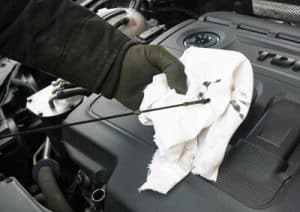 Ah, yes — the good old-fashioned
Ah, yes — the good old-fashioned 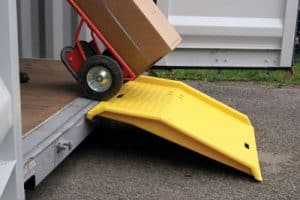
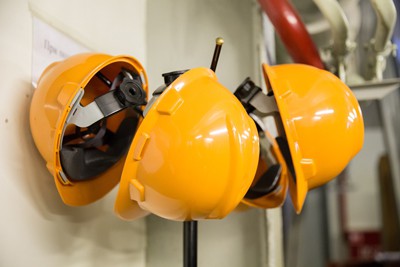

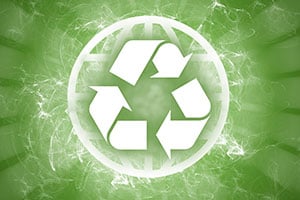 There are several advantages to creating a green, environmentally friendly workplace: it reduces overhead costs, boosts employee morale, and it opens the doors to an entirely new client audience.
There are several advantages to creating a green, environmentally friendly workplace: it reduces overhead costs, boosts employee morale, and it opens the doors to an entirely new client audience.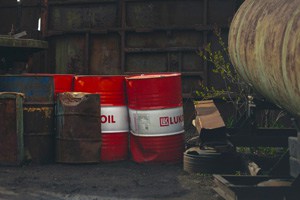 Some people assume that only massive, large-scale oil spills, such as the Deepwater Horizon incident, are hazardous. However, even minor spills in the workplace create a dangerous situation that workers need to be aware of.
Some people assume that only massive, large-scale oil spills, such as the Deepwater Horizon incident, are hazardous. However, even minor spills in the workplace create a dangerous situation that workers need to be aware of.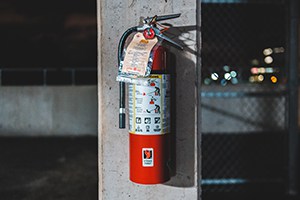 Portable fire extinguishers offer a fast and effective way for individuals to put out small fires. When a fire breaks out — whether it’s at your home or workplace — one of the first things you should do is grab the fire extinguisher.
Portable fire extinguishers offer a fast and effective way for individuals to put out small fires. When a fire breaks out — whether it’s at your home or workplace — one of the first things you should do is grab the fire extinguisher. Ergonomics is a topic that’s oftentimes overlooked or misunderstood among employers. Whether your workplace is a typical office setting or an industrial factory, you should carefully analyze ergonomics to ensure workers are given a safe, healthy environment to perform their professional duties.
Ergonomics is a topic that’s oftentimes overlooked or misunderstood among employers. Whether your workplace is a typical office setting or an industrial factory, you should carefully analyze ergonomics to ensure workers are given a safe, healthy environment to perform their professional duties.